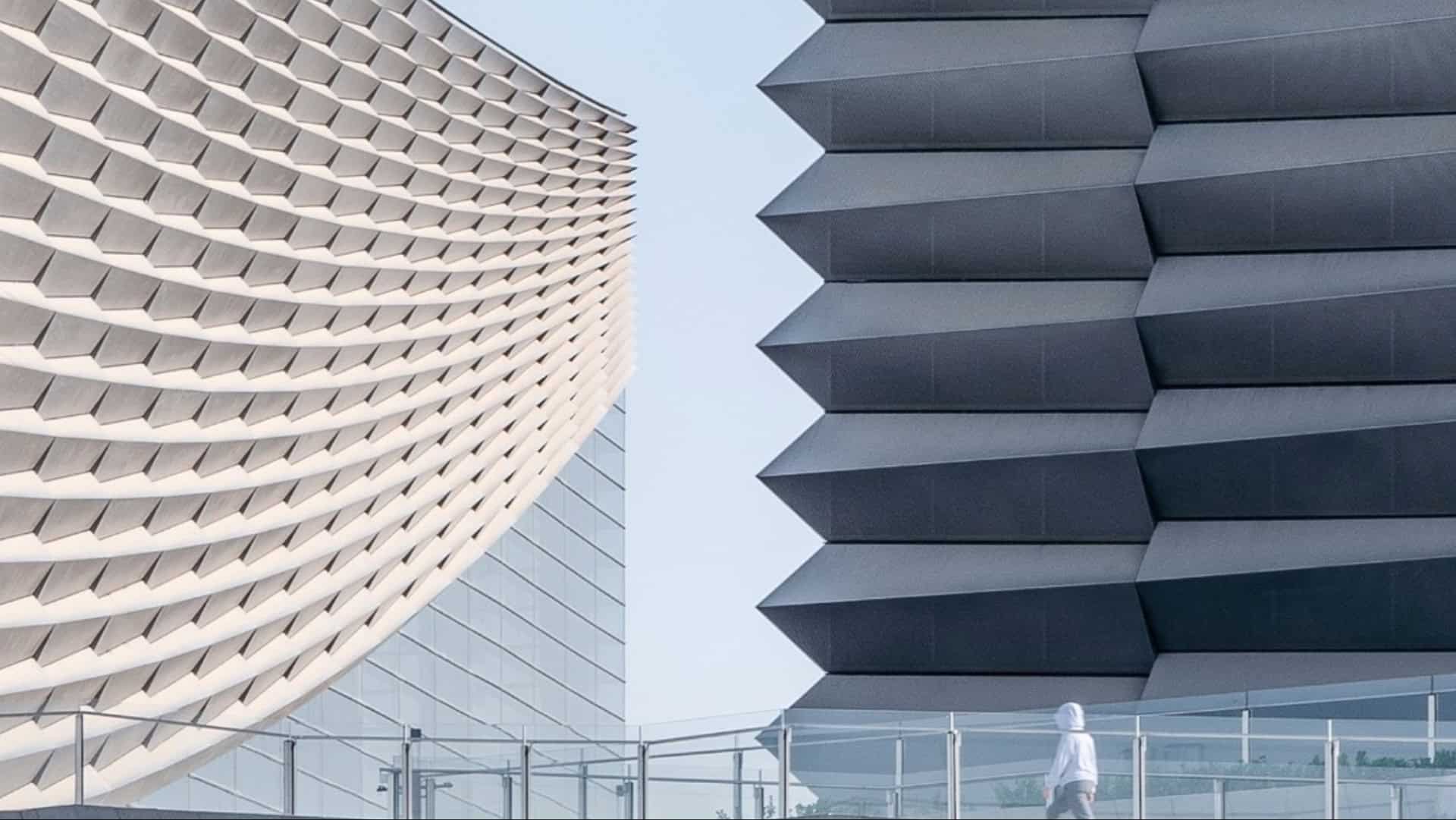Modernism has long been celebrated for its sleek designs and architectural innovations.
However, as we become increasingly aware of our environmental responsibilities, the clash between modernist aesthetics and sustainability comes to light.
Here, we explore 10 facts highlighting the unsustainable practices often found in modernist architecture, while seeking paths to harmony between style and ecological responsibility.
1. Excessive Use of Glass
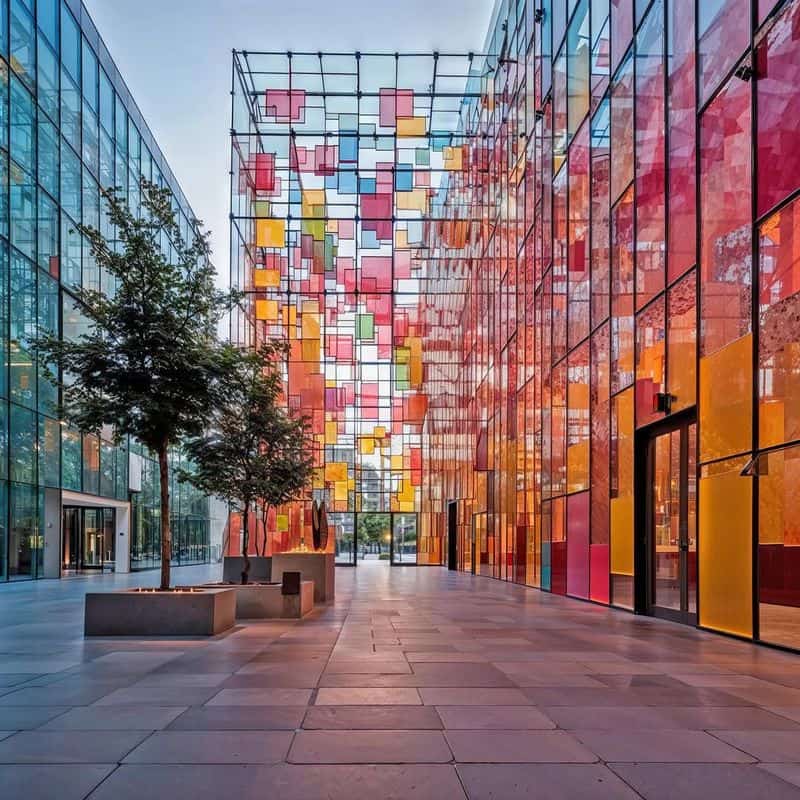
The allure of glass facades in modernist architecture is undeniable. However, the energy inefficiency resulting from their use is a significant concern.
Large glass surfaces can lead to heat loss during winter and excessive heat gain in summer.
This creates a dependency on heating and cooling systems, increasing energy consumption. Furthermore, the production of glass is energy-intensive.
Seeking energy-efficient alternatives, such as triple glazing or advanced coatings, could bridge the gap between style and sustainability.
2. Limited Reusability
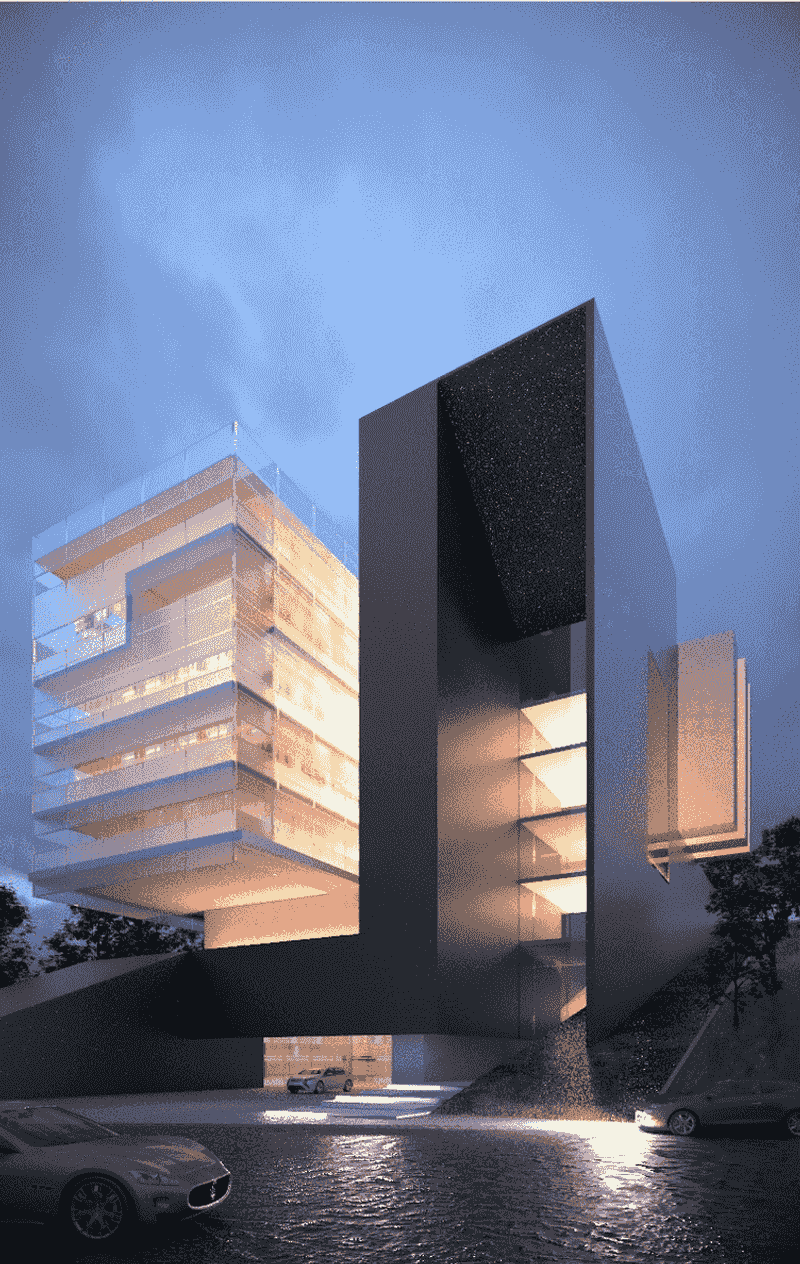
Modernist buildings often lack flexibility for adaptation or reuse. This limitation can result in premature demolition, leading to waste.
Instead of designing for a single use, architects could embrace modularity.
Such designs allow buildings to evolve with changing needs, minimizing waste.
By prioritizing reusability, the modernist movement can align more closely with sustainable principles, offering a future where architectural beauty and environmental stewardship coexist.
3. Neglect of Local Climate
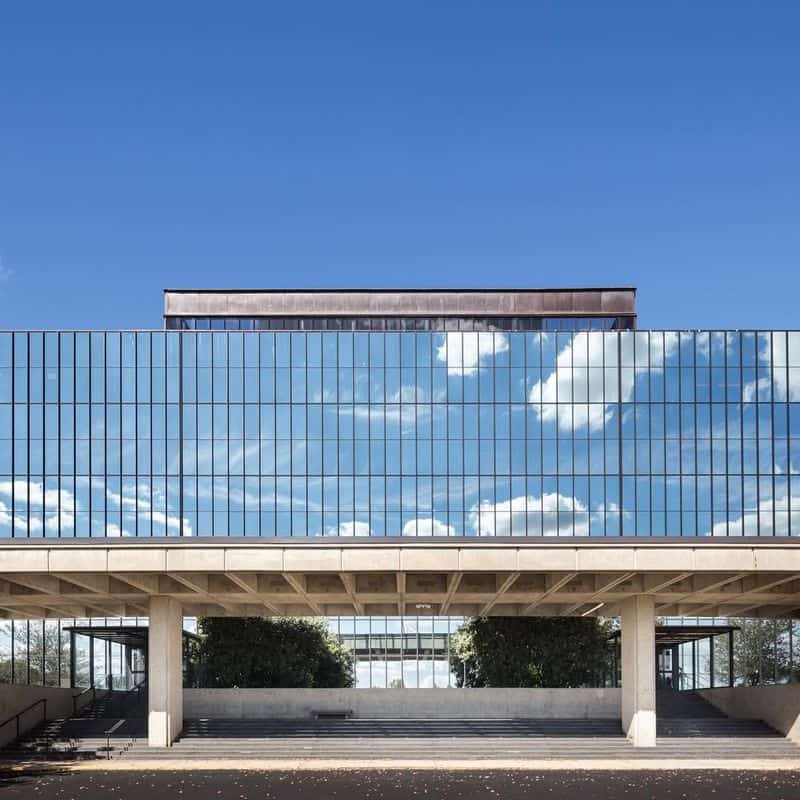
Modernist structures often feature designs that disregard local climatic conditions. This lack of adaptation can lead to increased energy use for heating or cooling.
Modernism’s one-size-fits-all approach fails to integrate with the surroundings.
By tailoring designs to local climates, architects can significantly reduce energy consumption. Embracing passive solar design and natural ventilation systems is essential.
These strategies help align modernist aesthetics with sustainable principles without sacrificing comfort or style.
4. Resource-Intensive Materials
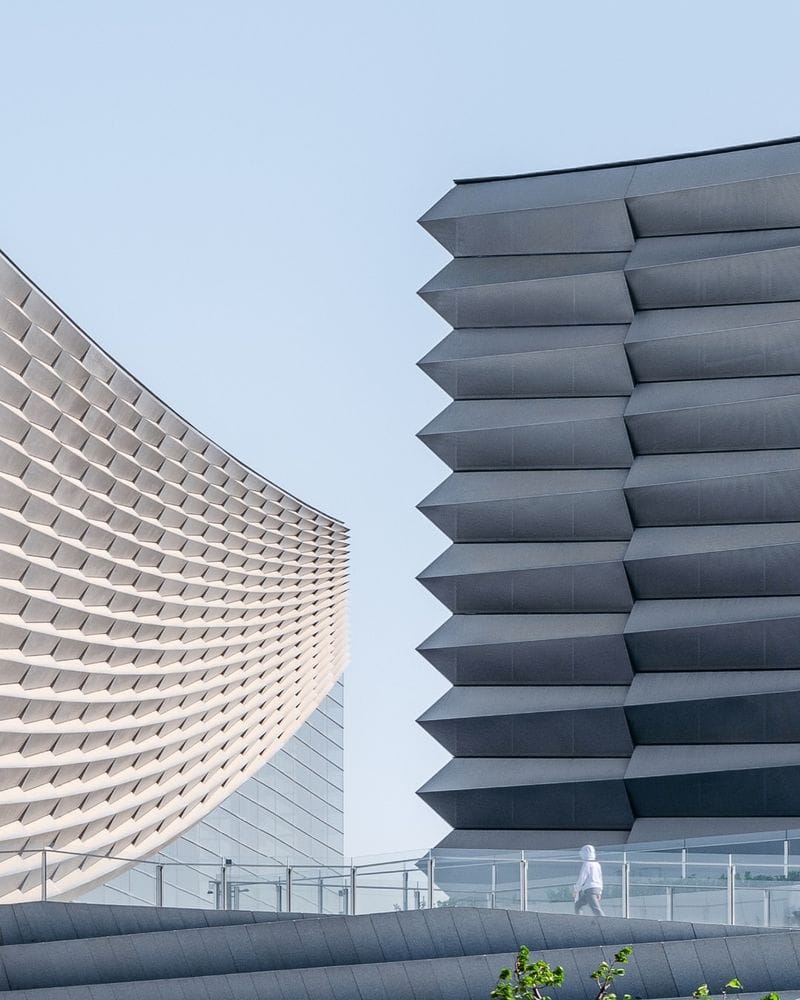
The preference for materials such as steel and concrete in modernist architecture is often at odds with sustainability.
These materials are resource-intensive, contributing to high carbon emissions during production.
Exploring alternative, eco-friendly materials like bamboo or recycled steel could help reduce the environmental footprint.
Their adoption ensures a balance between the modernist aesthetic and ecological responsibility.
Architects have the opportunity to pioneer innovative methods, marrying material choice and sustainability.
5. Minimalist Landscaping
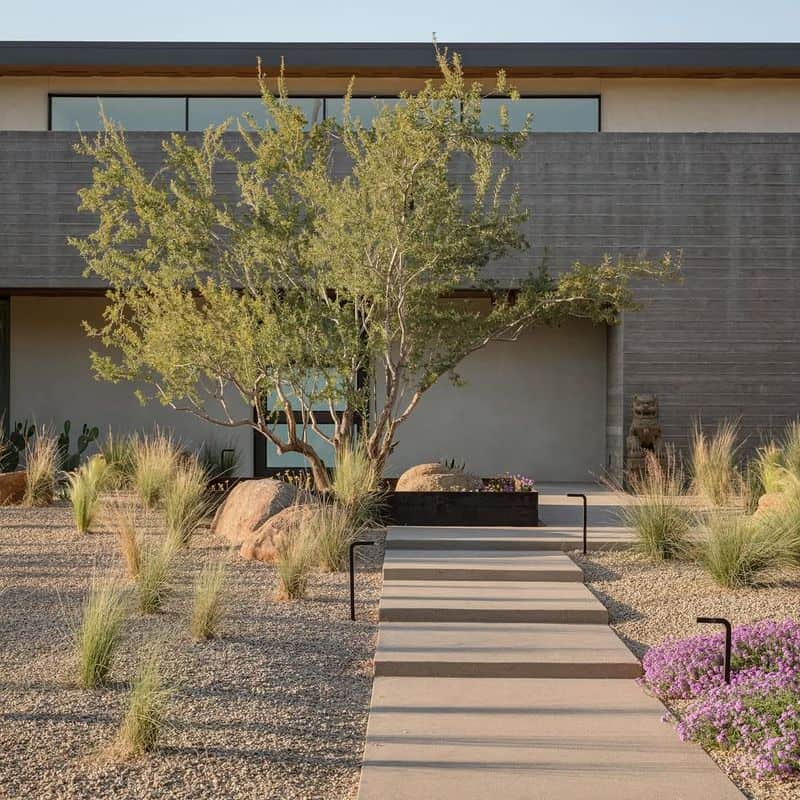
Minimalist landscaping is a hallmark of modernist design, often resulting in sparse green areas. This approach can lead to reduced biodiversity and an increase in heat islands.
Incorporating native plants and expansive green spaces can counteract these effects. Doing so not only enhances the aesthetic appeal but also supports local ecosystems.
It’s crucial for architects to consider the environmental impact of landscaping choices, merging modernist beauty with ecological benefits.
6. High Maintenance Costs
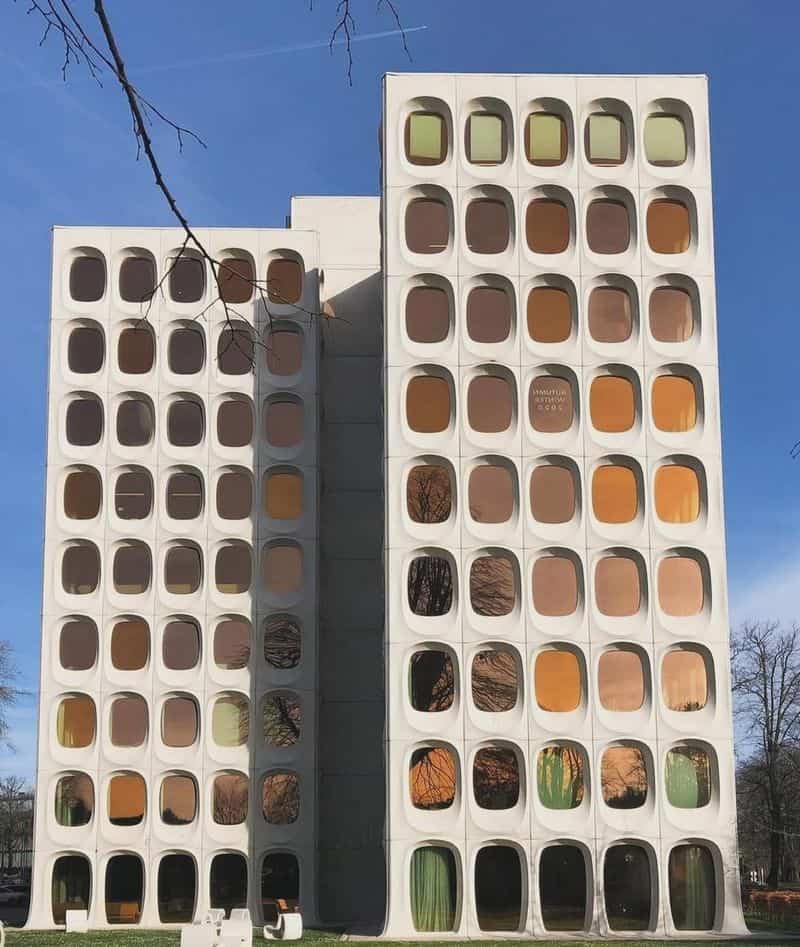
The intricate designs of modernist architecture can lead to high maintenance costs and resource use.
Regular upkeep of glass facades and steel structures demands significant resources, both in terms of labor and materials.
Opting for durable, low-maintenance materials can alleviate these issues. Architects should explore innovations that reduce long-term costs without compromising design integrity.
This approach not only saves resources but also ensures the longevity and sustainability of modernist creations.
7. Overdependence on Artificial Lighting
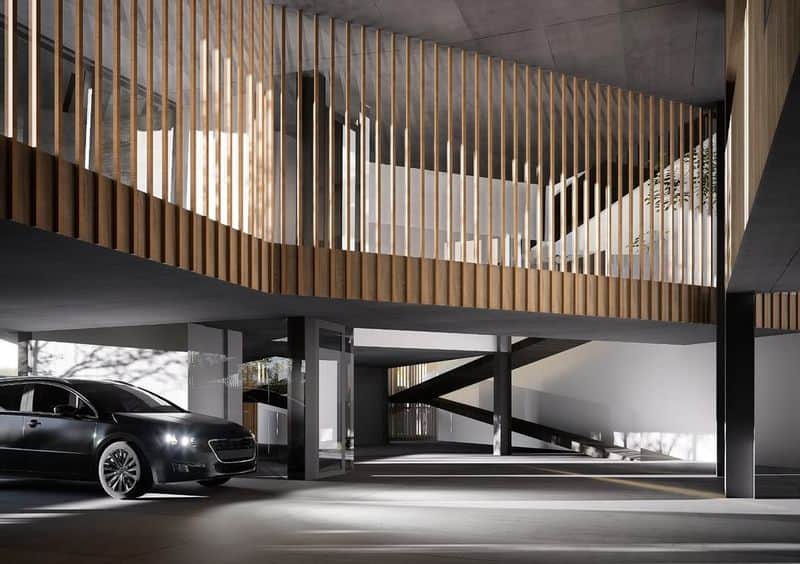
Modernist architecture often relies heavily on artificial lighting, even during daylight.
This overdependence increases energy consumption and reduces the buildings’ environmental efficiency.
Incorporating natural lighting solutions, such as skylights and open floor plans, can reduce this reliance.
By optimizing the use of natural light, architects can create spaces that are both beautiful and energy-efficient.
Such shifts are crucial in harmonizing modernist design with sustainable living.
8. Inadequate Insulation

Insufficient insulation is a common problem in modernist buildings, contributing to energy inefficiency.
Poor insulation leads to increased energy consumption for temperature regulation.
By integrating advanced insulation materials, architects can significantly enhance energy efficiency.
Investing in effective insulation solutions aligns with both aesthetic and environmental goals.
Improvements in insulation technology offer the potential to maintain modernist design while reducing ecological impact.
9. Ignoring Water Efficiency
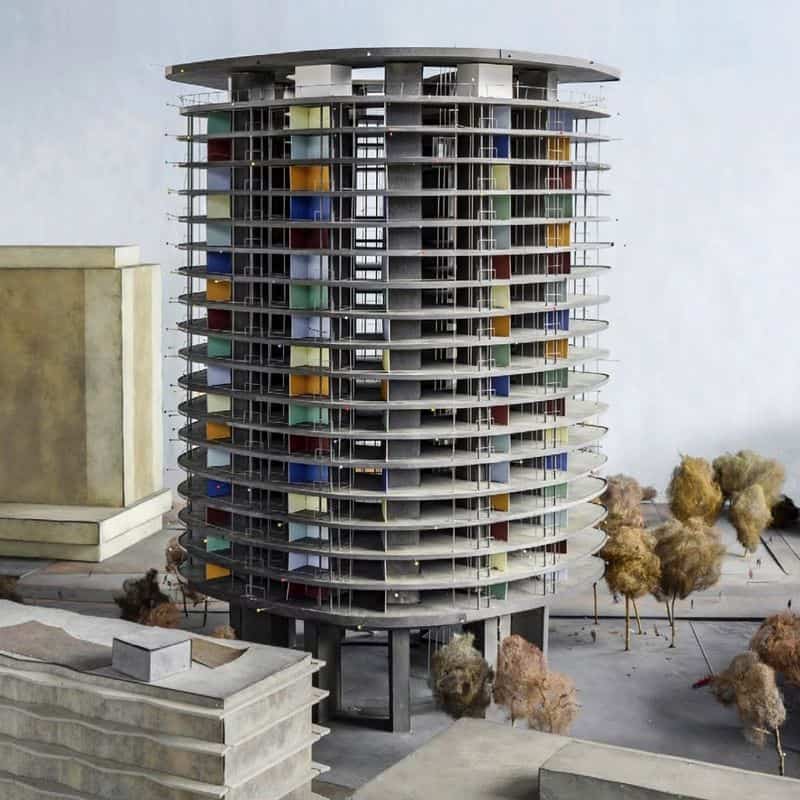
Water efficiency is often overlooked in modernist architecture, particularly in landscaping. This oversight can lead to excessive water use, especially in arid regions.
Incorporating water-efficient fixtures and irrigation systems is essential. Architects can also design landscapes that require minimal watering, such as xeriscaping.
Such measures support sustainability while preserving modernist design principles. Balancing water use with architectural aesthetics is crucial for future-forward design.
10. Lack of Renewable Energy Integration
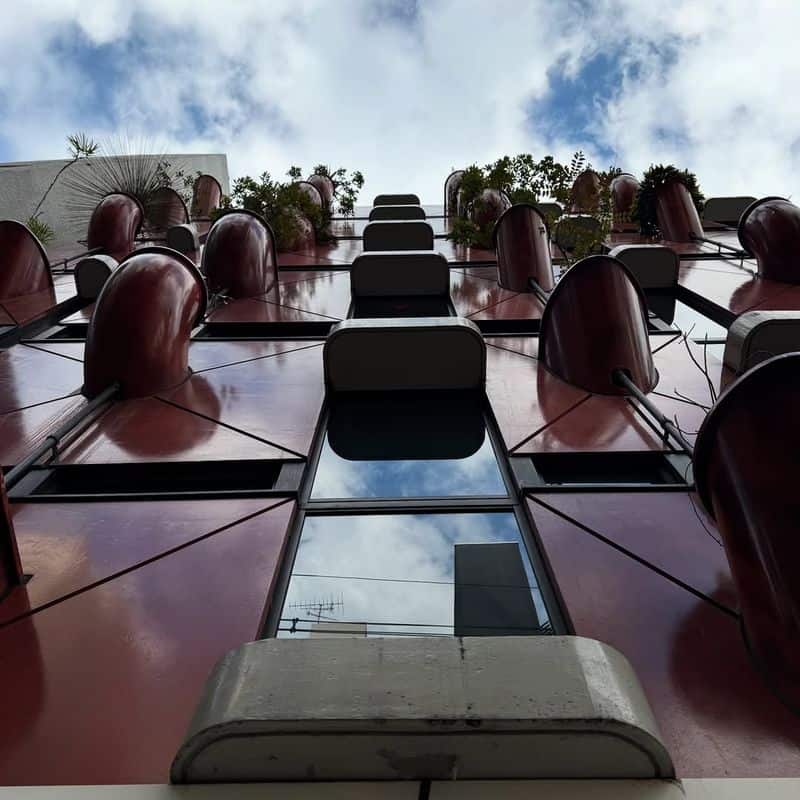
The integration of renewable energy systems is frequently absent in modernist architecture. This omission represents a missed opportunity to enhance sustainability.
Architects can incorporate solar panels and wind turbines into modernist designs, maintaining their aesthetic appeal while reducing reliance on fossil fuels.
Such integration is vital for reducing carbon footprints and promoting energy independence.
Emphasizing renewable energy sources aligns modernist architecture with sustainable development goals.

